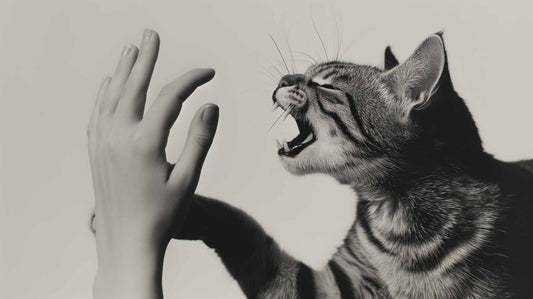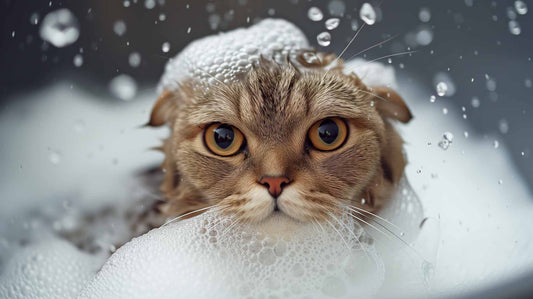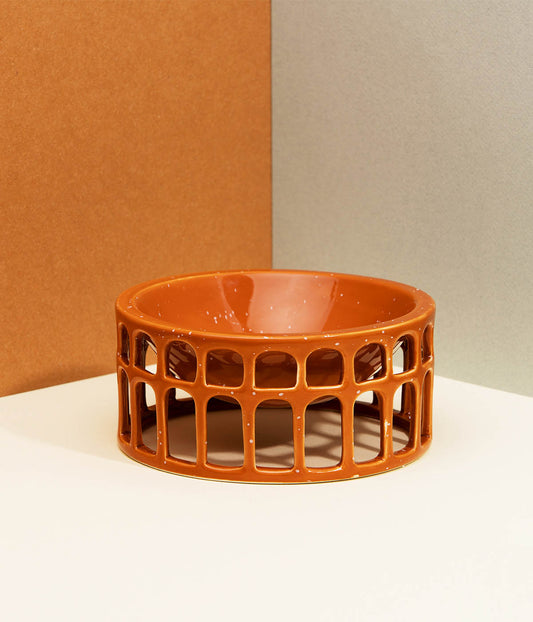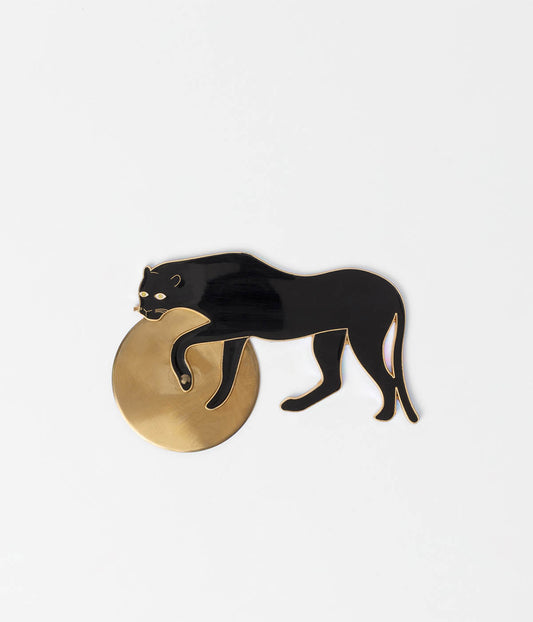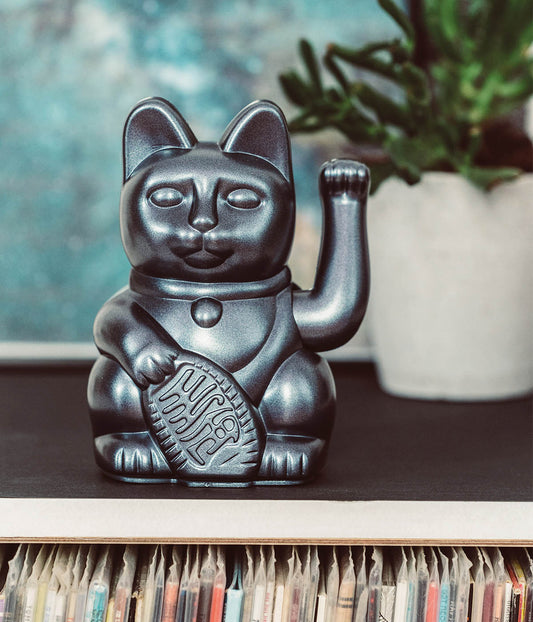
Understanding the Characteristics of Wet Cat Food Close to Natural Prey
Marie DuchessWhat Characterizes Wet Food Close to the Natural Prey for Cats
Cats are natural carnivores, and their digestive systems are designed to process a diet high in animal protein and moisture. In the wild, cats eat prey that is mostly composed of muscle meat, organs, and bones. As a result, it is important to choose a cat food that is similar in composition to the natural prey that cats would eat in the wild. Wet food is one type of cat food that can come close to mimicking a cat's natural diet.
What Makes Wet Food Close to the Natural Prey
Wet food is made up of a higher percentage of moisture than dry food, which is closer to the moisture content of a cat's natural prey. The moisture in wet food can help keep your cat hydrated, which is important for their overall health. Additionally, wet food is usually made up of smaller pieces, which can make it easier for your cat to eat and digest.
Wet food is also made from high-quality, natural ingredients, including muscle meat, organs, and bones. Unlike dry food, wet food does not contain fillers such as corn or wheat, which can be difficult for cats to digest and can lead to health problems. Wet food is also free from preservatives and artificial colors, which can be harmful to your cat's health.
Nutritional Benefits of Wet Food
Wet food provides a high amount of protein, which is essential for your cat's health. Protein is the building block for strong muscles and a healthy immune system, and it is also essential for maintaining a healthy weight. Wet food also contains high levels of taurine, an amino acid that is critical for your cat's heart and eye health.
In addition to protein and taurine, wet food also provides essential vitamins and minerals, including Vitamin A, Vitamin D, and B vitamins, as well as calcium and phosphorus. These nutrients are important for maintaining your cat's overall health and supporting their digestive, immune, and cardiovascular systems.
Transitioning to Wet Food
If you are transitioning your cat from dry food to wet food, it is important to do so gradually to prevent digestive upset. Start by mixing a small amount of wet food into your cat's dry food, and gradually increase the amount of wet food over a period of several weeks. You can also try offering your cat wet food at different times of the day, such as in the morning or at night, to see if they prefer it to dry food.
Choosing the Right Wet Food
When choosing wet food for your cat, it is important to look for a high-quality, natural product that is made from high-quality animal protein, such as chicken, beef, or fish. It is also important to choose a wet food that does not contain fillers, preservatives, or artificial colors, and that provides a balanced ratio of protein, fat, and carbohydrates.
Additionally, you should consider the age, weight, and health of your cat when choosing wet food. For example, kittens and senior cats have different nutritional needs, and you may need to choose a wet food that is specifically formulated for their age and health status.
Final Thoughts
Wet food that is close to the natural prey of cats can provide numerous health benefits and is a great alternative to dry food. Wet food is made up of high-quality, natural ingredients and provides a higher amount of moisture, which is important for your cat's overall health. When choosing wet food for your cat, it is important to look for a high-quality, natural product that is free from fillers, preservatives, and artificial colors, and that provides a balanced ratio of protein,


